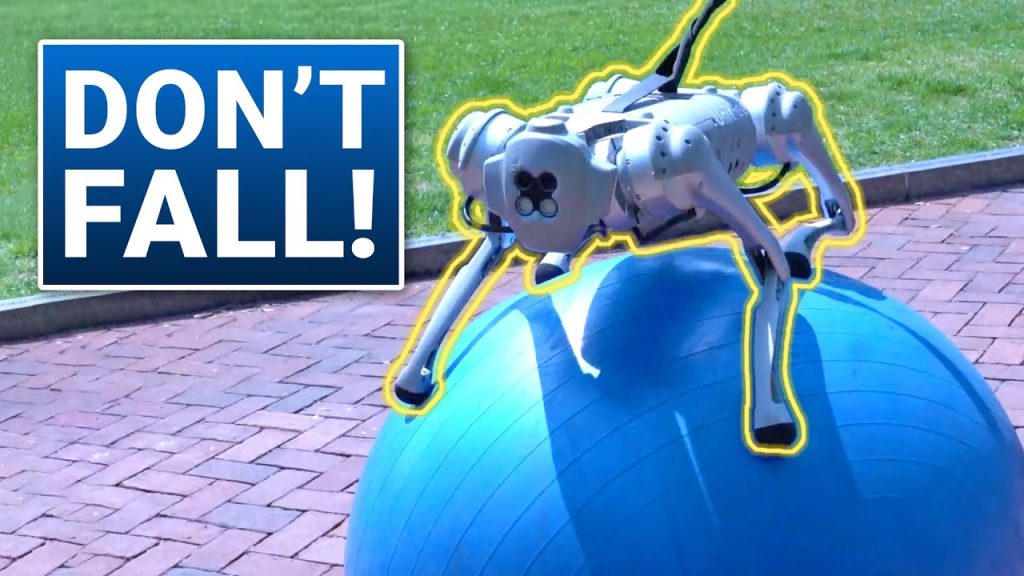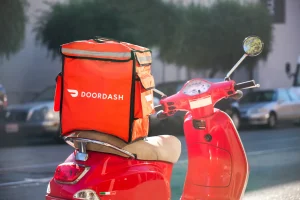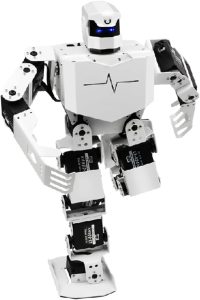Exploring the Edge of Innovation: A Fresh Look at Robotics

In the realm of robotics, each development seems more striking than the last. From sorting tasks to literally balancing acts, the evolution continues to capture imaginations.
Yet, it’s not just about what robots can do that excites us—it’s how they learn to do it. From academia to high-tech labs, a revolutionary approach is shaping the future of robotics. Let’s dive into this fascinating world!
Revolution in Robotics
It’s hard to not get excited about the latest feats in humanoid robotics. Picture a robot sorting battery cells or taking a stroll around the office. Sounds familiar, right? But let’s switch gears and explore something even more breathtaking. Beyond the common tasks, the realm of robotics is advancing with innovations that are nothing short of spectacular.
A Stroll with a Twist
Imagine a scientist calmly walking a robot dog. Now, add a twist: the dog is balancing on a ball! Yes, that’s right. It’s not just a walk in the park. This scenario sounds like something out of a futuristic movie, but it’s real, and it’s happening now. How does it manage this astonishing feat? Well, there’s a whole research paper explaining the incredible mechanics behind it.
The capability to maintain balance on a dynamic surface like a ball demonstrates a significant advancement in robotic control and agility.
The Magic Behind the Scenes
This breakthrough involves a collaboration that sounds like the who’s who of tech and academia—with giants like the Universities of Texas Austin, Pennsylvania, and NVIDIA pooling their wisdom. They’re not just creating robots; they’re crafting intelligent, responsive entities using large language models similar to ChatGPT.
Once we feed these models some data, something almost magical happens. They churn this information and create simulated environments—a sort of video game for robots. This virtual world is rich with possibilities, including what’s known as domain randomization, altering everything from colors to physics laws.
Training Grounds for Robotic Excellence
What’s the result of these simulated adventures? Robots get to safely learn and master various challenges. They train in this video game-like world where the settings can change unpredictably. This prepares them excellently for the real world, where unpredictability is the only constant.
The transition from virtual training to real-world application shows promising results, proving the effectiveness of these simulated environments.
So, the next logical question is: does this gaming knowledge actually help in reality? The answer is a resounding yes! This method has proven its worth, with robots successfully adapting to real-world complexities.
Superpowers of Adaptation
Thanks to domain randomization, these robots are not just prepared; they’re virtually unstoppable. Imagine a robot balancing on a ball. Now, picture kicking that ball. Think it’ll fall? Guess again. It stays upright.
And it doesn’t stop there. What about placing the robot on a deflating ball? It’s a huge challenge, yet the robot manages to maintain its balance even as the ball gradually loses air.
This showcases not just a robot’s ability to adapt to changes but its capability to handle continuous, dynamic shifts in its environment.
Testing the Limits
Sure, these demonstrations are impressive, but are they just cherry-picked successes? Fortunately, there’s more to it. A detailed, uncut five-minute demonstration provides solid evidence of the robot’s capabilities in real-time, across various scenarios.
Welcome to the Real World
Beyond simulations, the robot is designed with a real, physical body that it must protect. It’s programmed to make movements that minimize stress and damage, particularly focusing on areas like the hip to ensure longevity.
This careful consideration highlights the practical and protective measures taken to extend the robot’s operational life in real-world conditions.
In summary, the strides being made in robotics aren’t just for show; they reflect incredible technological advancements and practical applications. From training in simulated worlds to managing dynamic, real-world challenges, these robots demonstrate not just skill but resilience and adaptability. The future of robotics, glowing with possibilities, promises to reshape our understanding of what machines can achieve.





